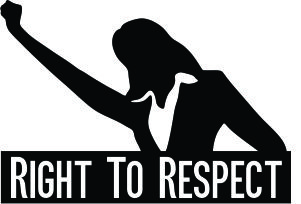Equal pay and compensation discrimination is something many employees struggle with.
The Equal Pay Act requires employers to give employees (men and women in the same workplace) equal pay for equal work otherwise the employees can file a charge of equal pay and compensation discrimination with the EEOC.
Here’s information about equal pay and compensation discrimination:
How can you determine if two jobs are equal?
To determine if the jobs are substantially equal the content of the job must be looked at. Job titles are not considered when determining equality. Men and women must be paid the same wages if their work is considered substantially equal. The jobs don’t have to be identical just substantially equal.
What would qualify as substantially equal work? This would be any work that requires:
- Equal skills;
- Equal effort;
- Equal responsibility;
- and, Work that is performed under similar working conditions.
Many private sectors have formed unions to improve employee working conditions and to improve wages.
If an employer sees that there is an inequality between the pay of men and women in their workplace, they cannot reduce the pay of the employee being paid more in order to equalize it.
What sorts of pay and compensation are covered under the Equal Pay Act?
- Salary
- Overtime Pay
- Bonuses
- Stock Options
- Bonus Plans
- Profit Sharing
- Life Insurance
- Vacation
- Holiday and Vacation Pay
- Allowances For Gasoline
- Hotel Accommodations
- Travel Reimbursements
- Other Benefits
If an employee feels that they are facing equal pay discrimination, they can go to court over the alleged matter without first filing a charge with the EEOC (U.S. Equal Employment Opportunity Commission). Individuals have two years from the time of the Equal Pay Act’s violation to file a charge with the EEOC or to go to court. This is extended to three years if the violation was willful.
Other Kinds of Discrimination
Similarly, Title VII prohibits compensation discrimination on the grounds of color, race, sex, religion, national origin, disability, and age.















Comments